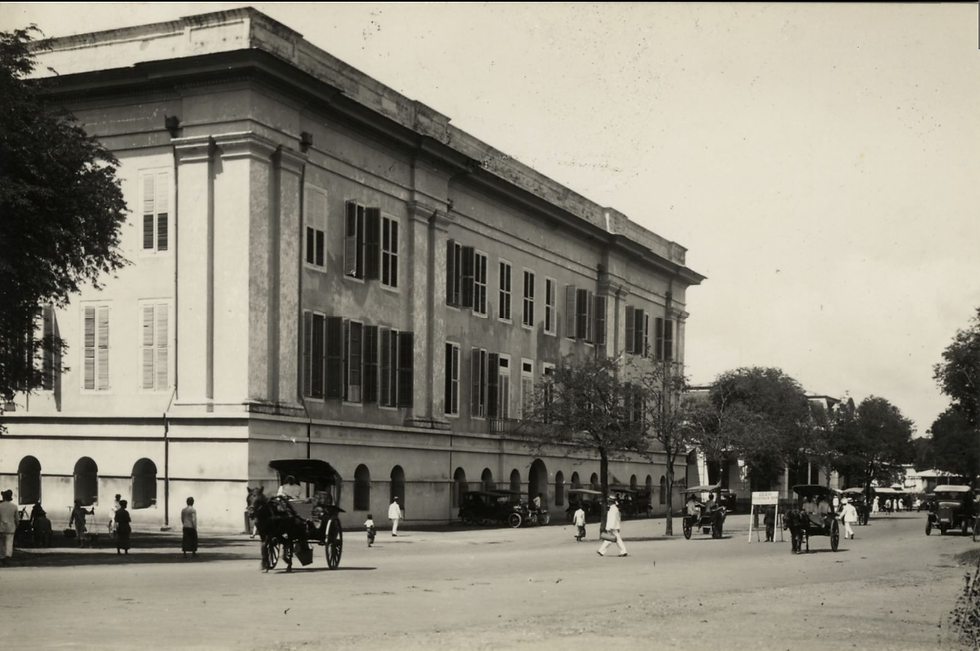Establishment of Central Java Province Government
- Museum Kota Lama
- Jan 6, 2023
- 2 min read
Updated: Dec 30, 2023
1930

De Groot Huis or The Great House of Gouvernor Office in Bodjong street
Source: KITLV, 1930
The establishment of the Central Java Provincial Government consists of 11 administrative regions (Tegal, Pekalongan, Semarang, Kudus, Rembang, Blora, Kedu, Bagelen, and Wonosobo). Semarang serves as the region's capital.
The establishment of the Central Java Provincial Government was the implementation of the Provincial Ordinance in Staatsblad van Nederlandsch-Indie 1924, no. 78; as well as the Regency Ordinance in Staatsblad van Nederlandsch-Indie 1924, no. 79, all of which were outlined and refined in Staatsblad van Nederlandsch-Indie 1929, no. 227 concerning the Instelling van de Midden Java Provincie. Along with these regulations, the city of Semarang was also declared the capital of Central Java as of 1 January 1930.
As stated in Staatsblad van Nederlandsch-Indie 1929 no.227 Article 4, there was De Provincial raad van Midden-Java or the Provincial Council of Central Java. The council consisted of 51 members, consisting of 23 Dutch nationals, 23 non-Dutch indigenous nationals (inlander), and 5 non-Dutch foreign nationals.
More information:
The establishment of the Central Java Provincial Government began with the issuance of the 1903 decentralisation law (Decentralisasiewet). Post World War I, the Dutch East Indies and the Netherlands, which continued to be propelled by political upheaval, found the 1903 decentralisation decree unsatisfactory. The Dutch government then passed a law on government reorganisation in 1922 under the name Bestuurschervermingswet 1922 ( stated in Staatsblad 1922 no. 216, articles 119, 120, 121, 122 Indische Staatsregeling 1925).
Due to the issuance of the 1922 law, the formation of self-governing regions could be larger than gewest (Decentralisatiewet 1903) under the name provincie or province. Meanwhile, lower-level regions were also formed as self-governing regions based on the Bestuurschervermingswet 1922. The implementation of this policy then generated other regional laws, such as:
Provincieordonantie, which contains further provisions on provincial autonomous regions ( stated in Staatsblad van Nederlandsch-Indie 1924 no. 78 with final amendments stated in Staatsblad van Nederlandsch-Indie 1940 no. 226 and no. 251).
Regentschapsordonantie, which contains provisions on the autonomous regions of regentschap (districts) ( stated in Staatsblad van Nederlandsch-Indie 1924 no. 79 with the last amendment stated in Staatsblad van Nederlandsch-Indie 1940 no. 42)
Staadsgemeenteordonantie, relating to gemeente or kotapraja covering Java and Madura ( stated in Staatsblad van Nederlandsch-Indie 1926 no. 365 with the last amendment stated in Staatsblad van Nederlandsch-Indie 1940 no.195).


Comments